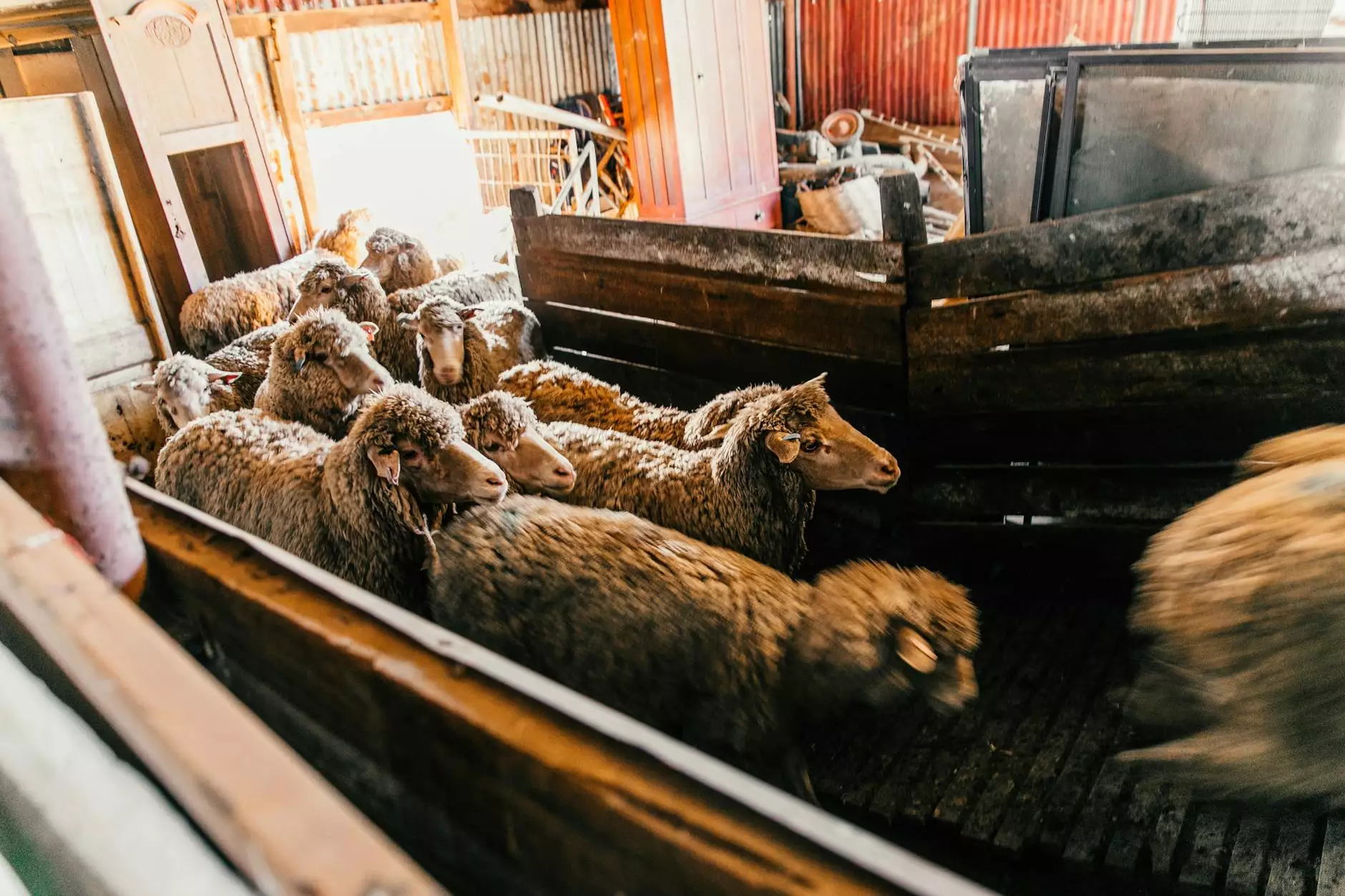Tarantula Husbandry, Vivarium Setup, and Reproduction

Welcome to ACR Writing, your go-to source for all things related to tarantulas. In this comprehensive guide, we will delve into the fascinating world of tarantula husbandry, vivarium setup, and the reproduction of these intriguing arachnids.
Tarantula Husbandry
When it comes to tarantula husbandry, there are several key factors to consider to ensure the well-being of your eight-legged companions. Proper tarantula husbandry includes providing the right tarantula habitat, maintaining ideal temperature and humidity levels, offering a balanced diet, and creating a suitable enriched environment.
One essential aspect of tarantula husbandry is understanding the species-specific needs of your tarantula. Different species may require varying substrate types, climbing opportunities, and hideouts to thrive in captivity. Researching the natural habitat of your tarantula species is crucial for creating a suitable living environment.
Tarantula Vivarium Setup
Setting up a proper tarantula vivarium is essential for the health and happiness of your pet. A tarantula enclosure should provide adequate ventilation, secure locking mechanisms, and appropriate size for the species housed within. Decorative elements such as rocks, branches, and artificial plants can enhance the visual appeal of the vivarium while also providing enrichment for your tarantula.
When designing your tarantula vivarium, consider the lighting requirements, substrate preferences, and temperature gradients needed to mimic the natural habitat of your tarantula species. Proper vivarium maintenance, including regular cleaning, feeding schedules, and health monitoring, is crucial for the well-being of your tarantula.
Tarantula Reproduction
The reproduction of tarantulas is a fascinating process that varies among different species. Understanding the mating behaviors of tarantulas, including courtship rituals and copulation, is essential for successful breeding. Female tarantulas may require proper nutrition and optimal environmental conditions to facilitate egg-laying and incubation.
It is important to research the life cycle and breeding habits of your specific tarantula species before attempting to breed them. Consult with experienced tarantula breeders or veterinarians for guidance on breeding projects and caring for tarantula offspring.
Conclusion
In conclusion, tarantula husbandry, vivarium setup, and reproduction are essential aspects of responsible tarantula ownership. By understanding the unique needs of your tarantula species and providing a suitable living environment, you can enjoy the wonders of caring for these remarkable creatures.









